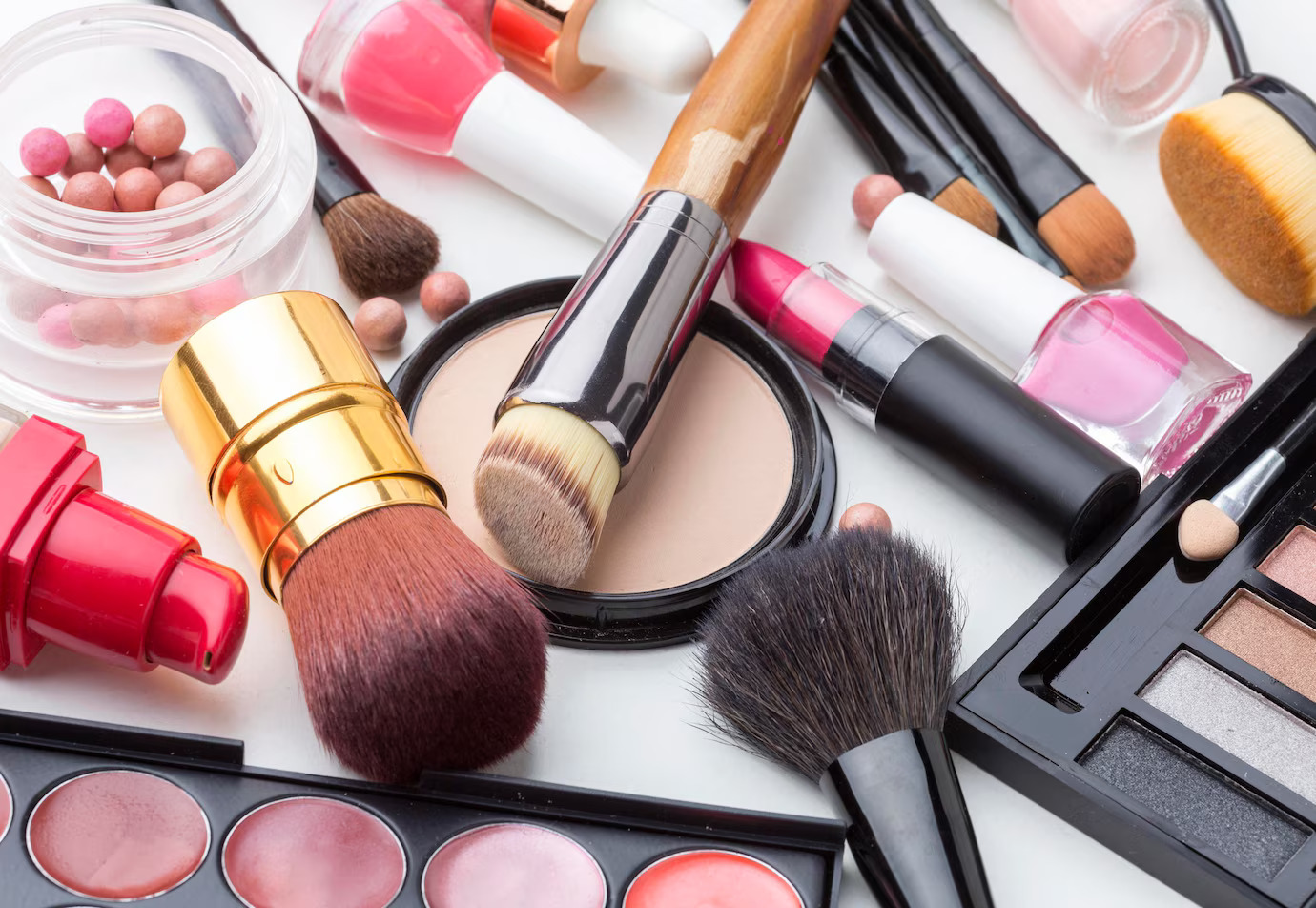Cosmetics
Cosmetics
The cosmetics industry is a diverse and dynamic sector that encompasses the production, distribution, and sale of beauty and personal care products. Here are some key aspects of the cosmetics industry:
-
1. Product Categories:
The cosmetics industry includes a wide range of product categories designed to enhance personal appearance, hygiene, and well-being. These categories may include:
• Skincare: Products such as cleansers, moisturizers, serums, masks, and sunscreens designed to cleanse, hydrate, and protect the skin.
• Makeup: Cosmetics such as foundation, lipstick, eyeshadow, mascara, and blush used to enhance facial features and create desired looks.
• Haircare: Products such as shampoos, conditioners, styling gels, and hair treatments for cleansing, conditioning, and styling hair.
• Fragrances: Perfumes, colognes, and body sprays that provide pleasant scents and enhance personal grooming.
• Personal Care: Products such as soaps, shower gels, deodorants, oral care products, and shaving products for daily hygiene and grooming routines.

-
2. Market Players:
The cosmetics industry is characterized by a mix of multinational corporations, independent brands, and niche players. Some of the largest companies in the cosmetics industry include L'Oréal, Estée Lauder Companies, Procter & Gamble, Unilever, and Shiseido.
-
3. Trends and Innovations:
The cosmetics industry is influenced by evolving consumer preferences, cultural trends, technological advancements, and sustainability concerns. Key trends and innovations in the cosmetics industry include:
• Clean Beauty: Growing demand for products formulated with natural, organic, and sustainable ingredients, free from potentially harmful chemicals.
• Inclusivity and Diversity: Increasing representation of diverse skin tones, ethnicities, and gender identities in product offerings and marketing campaigns.
• Digitalization: Integration of technology into beauty products and shopping experiences, including virtual try-on tools, augmented reality (AR), and e-commerce platforms.
• Personalization: Customized beauty solutions tailored to individual preferences, skin types, and concerns through data-driven algorithms and diagnostic tools.
• Sustainability: Emphasis on eco-friendly packaging, recyclable materials, cruelty-free formulations, and carbon-neutral production processes to reduce environmental impact. -
4. Regulatory Landscape:
The cosmetics industry is subject to regulatory oversight by government agencies to ensure product safety, labeling compliance, and advertising standards. Regulatory requirements may vary by country or region and may cover aspects such as ingredient safety, product testing, and marketing claims.
-
5. Distribution Channels:
Cosmetics products are distributed through various channels, including:
• Retail: Brick-and-mortar stores, department stores, specialty beauty retailers, and drugstores.
• E-commerce: Online platforms, brand websites, and third-party marketplaces offering convenience and accessibility for consumers to shop for cosmetics products.
• Direct Sales: Direct-to-consumer sales models, including social selling, home parties, and multi-level marketing (MLM) networks.Overall, the cosmetics industry continues to evolve and innovate, driven by changing consumer preferences, technological advancements, and sustainability initiatives. It plays a significant role in personal grooming, self-expression, and cultural trends worldwide.

